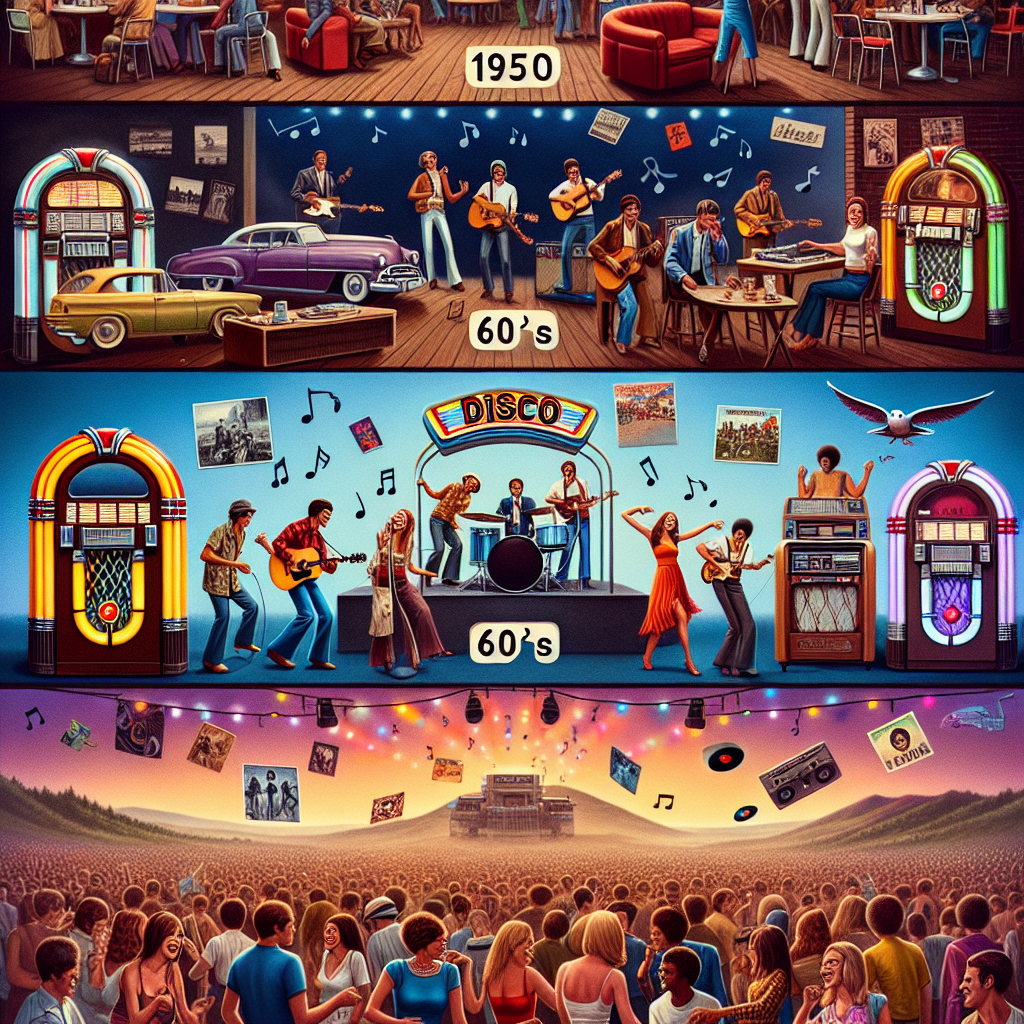During the late 1960s, a musical revolution took place that would forever change the landscape of rock music. This revolution was known as Psychedelic Rock, a genre that combined elements of traditional rock with mind-altering sounds and lyrics. The rise of Psychedelic Rock was not only a shift in music but also a reflection of the culture, politics, fashion, and technology of the time.
One of the key factors in the rise of Psychedelic Rock was the social and political climate of the late 60s. The counterculture movement was in full swing, with young people protesting against war, racism, and societal norms. Psychedelic Rock became the soundtrack to this movement, with bands like The Beatles, The Doors, and Pink Floyd using their music to express anti-establishment sentiments and promote peace and love.
Another important aspect of Psychedelic Rock was its influence on fashion. The vibrant colors, bold patterns, and unconventional styles associated with the genre reflected a rejection of mainstream fashion trends. Musicians embraced psychedelic imagery in their album art and stage costumes, creating a visual spectacle that mirrored the trippy sounds of their music.
Technology also played a significant role in the rise of Psychedelic Rock. Advancements in recording equipment allowed musicians to experiment with new sounds and techniques, leading to innovative production methods that defined the genre. Bands used effects pedals, tape loops, and studio manipulation to create otherworldly textures and atmospheres that set them apart from traditional rock bands.
Despite facing criticism from some politicians and conservative groups who viewed Psychedelic Rock as dangerous or subversive, the genre continued to gain popularity throughout the late 60s. Its message of peace, love, and unity resonated with audiences around the world who were seeking an escape from the turmoil of the era.
Today, Psychedelic Rock continues to inspire musicians across genres and generations. Its legacy can be heard in modern bands who incorporate psychedelic elements into their music or pay homage to iconic acts from the 60s. The influence of Psychedelic Rock can also be seen in popular culture through films, TV shows, and fashion trends that draw inspiration from the colorful aesthetic of the era.
In conclusion, the rise of Psychedelic Rock in the late 60s was a musical revolution that had far-reaching effects on culture, politics, fashion, and technology. It challenged conventions and pushed boundaries while promoting messages of peace and love that are still relevant today. Despite facing opposition from some quarters, Psychedelic Rock persevered and left an indelible mark on music history.


Get involved!
Comments